0
Founded
Year
0+
Achieved
Awards
0%
Clients Recommend Us
0+
Core
Team
0+
Projects Implemented
0%
Business Efficiency with AI
Why Choose Cloudester Software for IoT Application Testing
-
13+ years delivering reliable IoT application testing solutions.
-
Over 13 years of experience in test automation across industries.
-
Team of certified testing professionals with hands-on IoT expertise.
-
ISO 27001-certified to protect customer data and ensure compliance.
-
Strong QA leadership to manage testing across all project levels effectively.
-
Headquartered in the NewYork, USA, with with established teams in Canada and India
Step-by-Step IoT Testing Approach
The structure of an IoT testing plan depends on your specific IoT application testing solution, its development approach, and where you are in the SDLC.
We use a tested process that helps deliver stable, secure, and high-performing IoT systems. Here’s how we plan and execute it.
-
Building an IoT App Testing Process from the Start
We assign a QA manager early in the project, usually during the requirements phase. This ensures that all features are described in a way that can be tested later. We also set up how the QA and development teams will work together to prioritise test cases, manage bugs, and plan for regression cycles.
-
Getting Ready for IoT Application Testing
Your QA lead creates a strategy for the overall testing plan and effort estimates. This plan is updated regularly because IoT systems are complex and evolve over time. The manager then forms a testing team or several teams, depending on the size and modules of your IoT system.
-
Starting the IoT Test Launch
Once ready, the testing team starts writing test cases and scripts. These cover full system functionality. We then create a test lab using emulators, simulators, or real devices to mimic real-world use.
Key Testing Types for IoT Systems
-
Functional Testing
- Validate each module separately.
- Send input to components to check responses.
- Test UI and data flows across the entire system.
- Run the app under real-world configurations.
- Perform full system testing in the field.
-
Integration Testing
- Confirm smooth communication between modules.
- Test third-party systems like CRM, ERP, and analytics.
- Check end-to-end workflows.
- Track how data flows through interconnected services.
-
Security Testing
- Perform penetration and vulnerability scans.
- Review the system architecture for weak points.
- Validate device firmware, updates, and encryption.
- Check gateway configurations and communication protocols.
-
Performance Testing
- Measure speed, latency, and response times.
- Validate how the app handles stress and network issues.
- Check how the app deals with thousands of device connections.
Choose Expert IoT Testing Services
With over 13 years in software testing and working with IoT systems, Cloudester’s QA experts can quickly dive into your IoT setup (often in under 3 weeks) and make sure it performs reliably.
-
IoT Testing Consulting
- Build a complete test strategy and create test plans tailored for each part of your IoT solution.
- Design automation frameworks suited to your IoT system’s components.
- Recommend the best-fit testing tools and platforms.
- Provide cost estimates and break down testing efforts clearly.
- Suggest the right sourcing model based on your project’s needs.
- Troubleshoot and resolve testing issues in active IoT projects.
-
IoT Testing Outsourcing
- Plan the full IoT testing process, including strategies for each module and an automation framework matched to your system; plus, build a custom testing toolkit.
- Set up and manage test environments, labs, and IoT test data.
- Create, run, and maintain detailed test cases and automation scripts.
- Build a reusable regression test suite tailored to your IoT product.
Typical Roles in Cloudester’s IoT Testing Teams
Testing a complex IoT system often requires multiple teams, each focused on specific modules. Here’s how Cloudester structures its IoT testing teams:
-
QA Manager (for large, multi-team projects)
- Translates solution requirements into testable objectives.
- Builds a scalable IoT testing plan and strategy.
- Forms and organizes module-wise testing teams.
- Chooses tools for test planning, execution, and management.
- Oversees test lab design and environment setup.
-
Test Lead (one per IoT module)
- Builds test plans for assigned IoT system modules.
- Oversees engineers’ work and tracks output quality.
- Resolves issues in test execution and suggests process improvements.
-
Test Engineer
- Writes test cases based on IoT system requirements.
- Runs manual tests for individual modules.
- Logs test results and defects using standard formats.
-
Test Automation Lead
- Designs automation architecture for integration and functional tests.
- Selects tools and frameworks suitable for the IoT application.
- Works with architects to maintain high-quality automated test suites.
-
Test Automation Engineer
- Sets up automation tools for test execution.
- Writes and runs integration and regression test scripts.
- Reviews test output to flag issues for improvement.
-
Cybersecurity Engineer (project-wide role)
- Designs a security model to identify risks in IoT systems.
- Audits firmware and system settings to detect gaps.
- Advises on access control, device configuration, and secure communication.
- Conducts penetration tests to evaluate overall IoT security.
IoT Testing Sourcing Approaches
-
QA Management and Testing Performed Internally
Advantages:
Grants full control over the IoT testing procedures and strategy.
Disadvantages:
May encounter a lack of in-house QA professionals.
Might struggle with specialized IoT testing areas such as system integration, security, performance, or data validation.
-
QA Managed Internally, Testing Conducted Fully or Partially by External Teams
Advantages:
Offers budget control by scaling testing staff according to demand, while utilizing experts in IoT testing disciplines.
Disadvantages:
Demands a capable QA to architect the testing process, guide its execution, and evaluate the performance of external contributors consistently.
-
QA Management and Testing Fully Outsourced
Advantages:
Access to seasoned QA leadership and testers experienced in IoT domains.
Shifts the complete responsibility for test planning, coordination, and delivery to the vendor.
Disadvantages:
May introduce vendor-related risks.
Communication gaps may arise between the outsourced QA team and internal IoT developers or engineers.
IoT Testing Cost Breakdown
Cloudester recognize that no two IoT ecosystems are the same. Each solution comes with its own scale, architecture, and integration depth. That’s why our pricing models are customized to match the specific demands of your product and business goals.
Key Factors That Affect IoT Testing Costs
- Several elements influence the overall cost of IoT testing:
- Number and complexity of app features.
- Projected user load and concurrent device connections.
- Performance criteria such as response time, scalability, and uptime.
- Technology stack including AI, machine learning, and real-time data processing.
- Number of system components and integration points.
- Required third-party integrations.
- Compliance and data security standards like HIPAA, GDPR, and COPA
Explore more our Testing Services
Our Technology Stack
AI Development Services

Python

.NET Core

Java
AI Development Tools

Jupyter / Anaconda

Colab

Kaggle
Cloud Computing Platforms

AWS

Azure
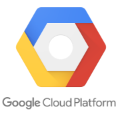
Google Cloud
DevOps

Synk

JFrog

Jenkins
Frameworks / Libraries

Tensor Flow

PyTorch

Keras
Data Storage & Visualization

Big Query

Power BI
Tableau
Awards


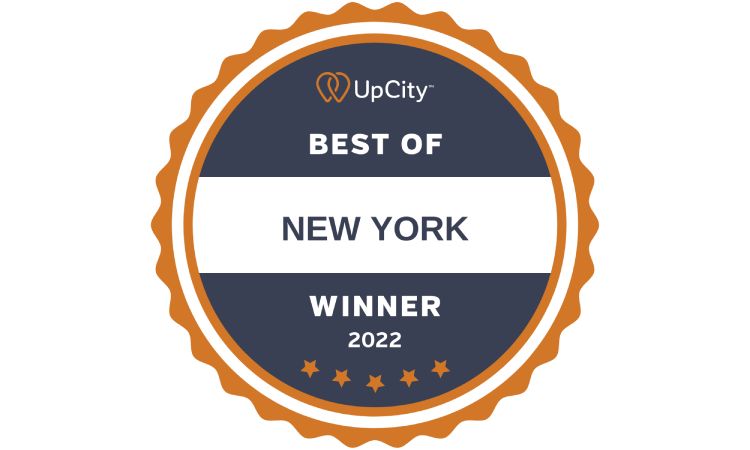

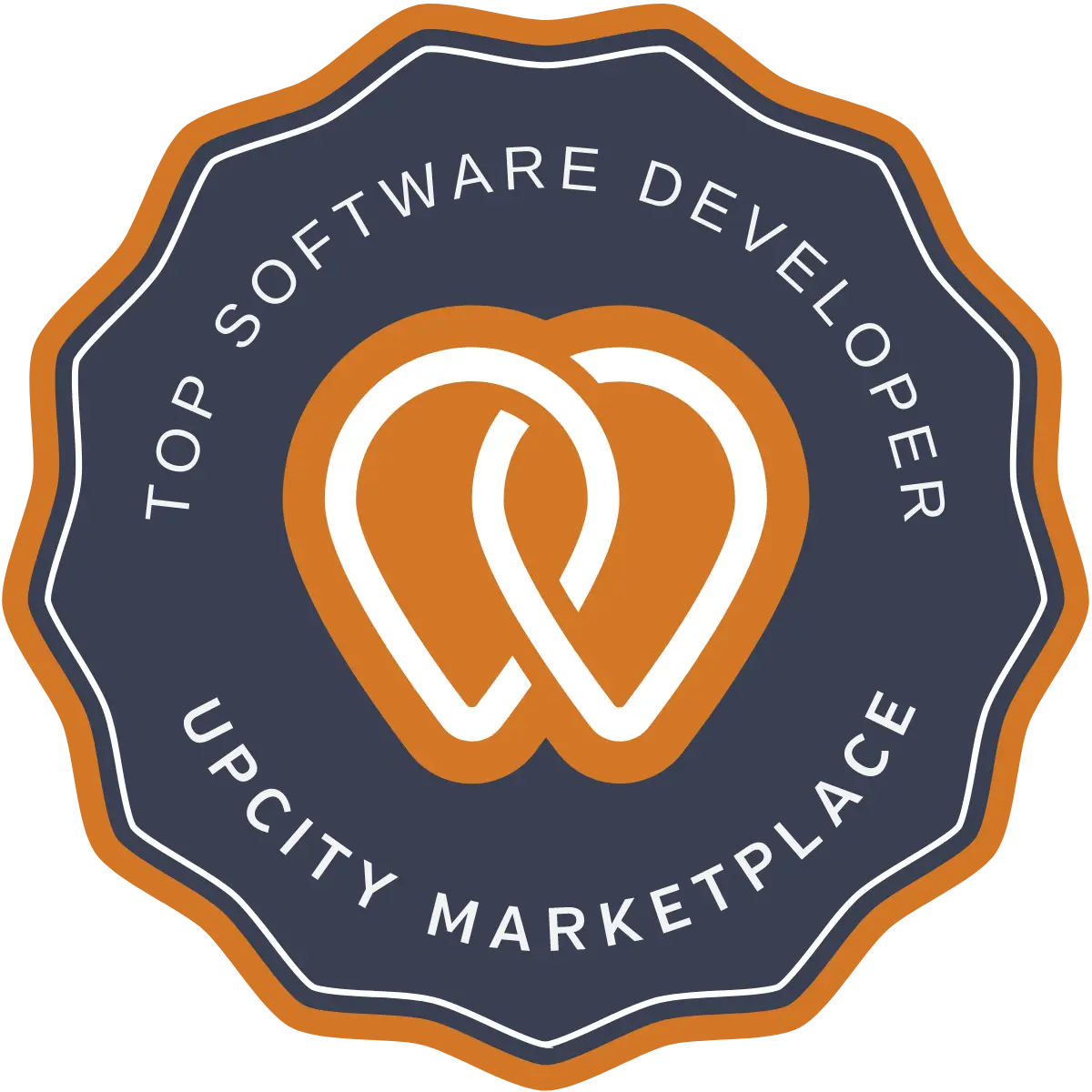
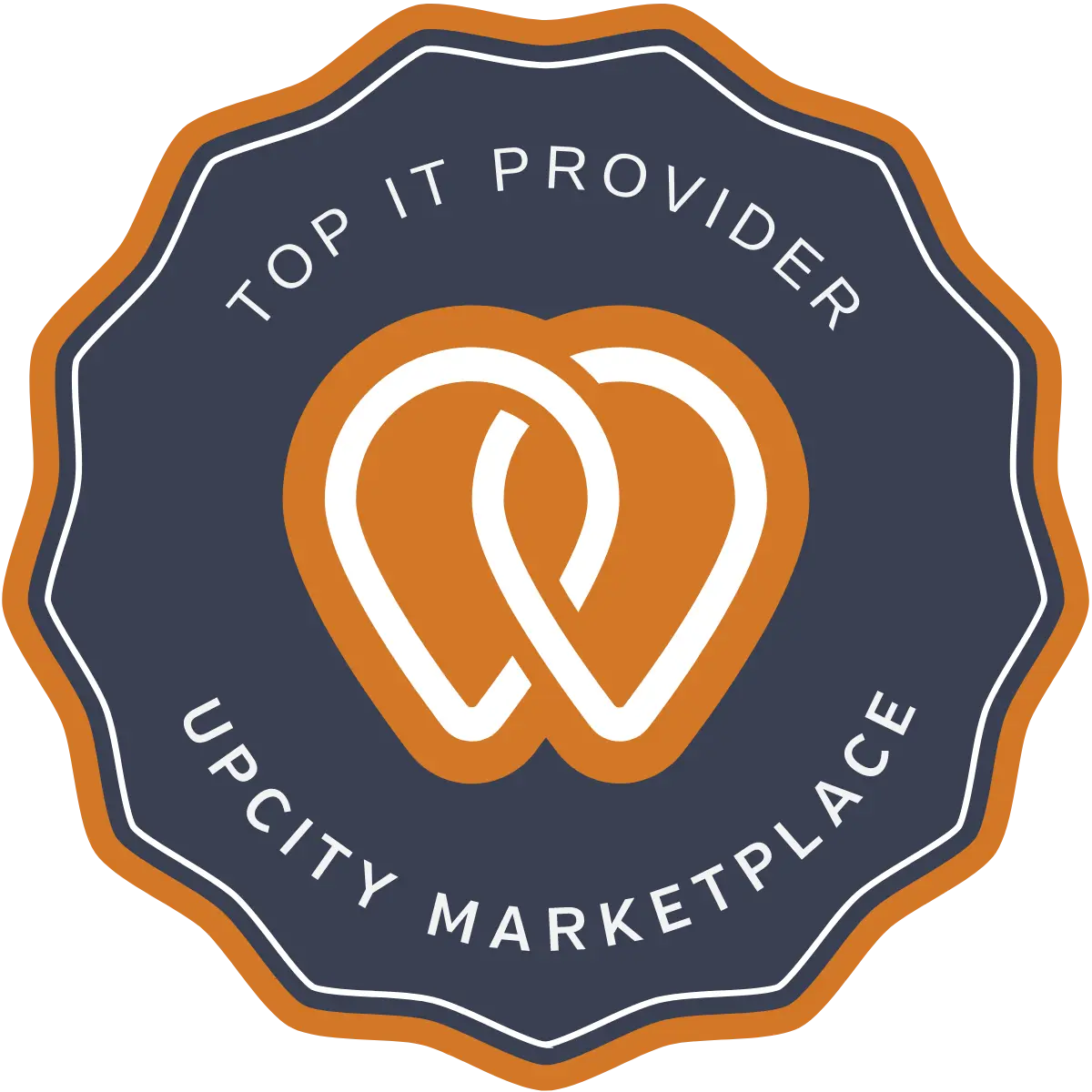
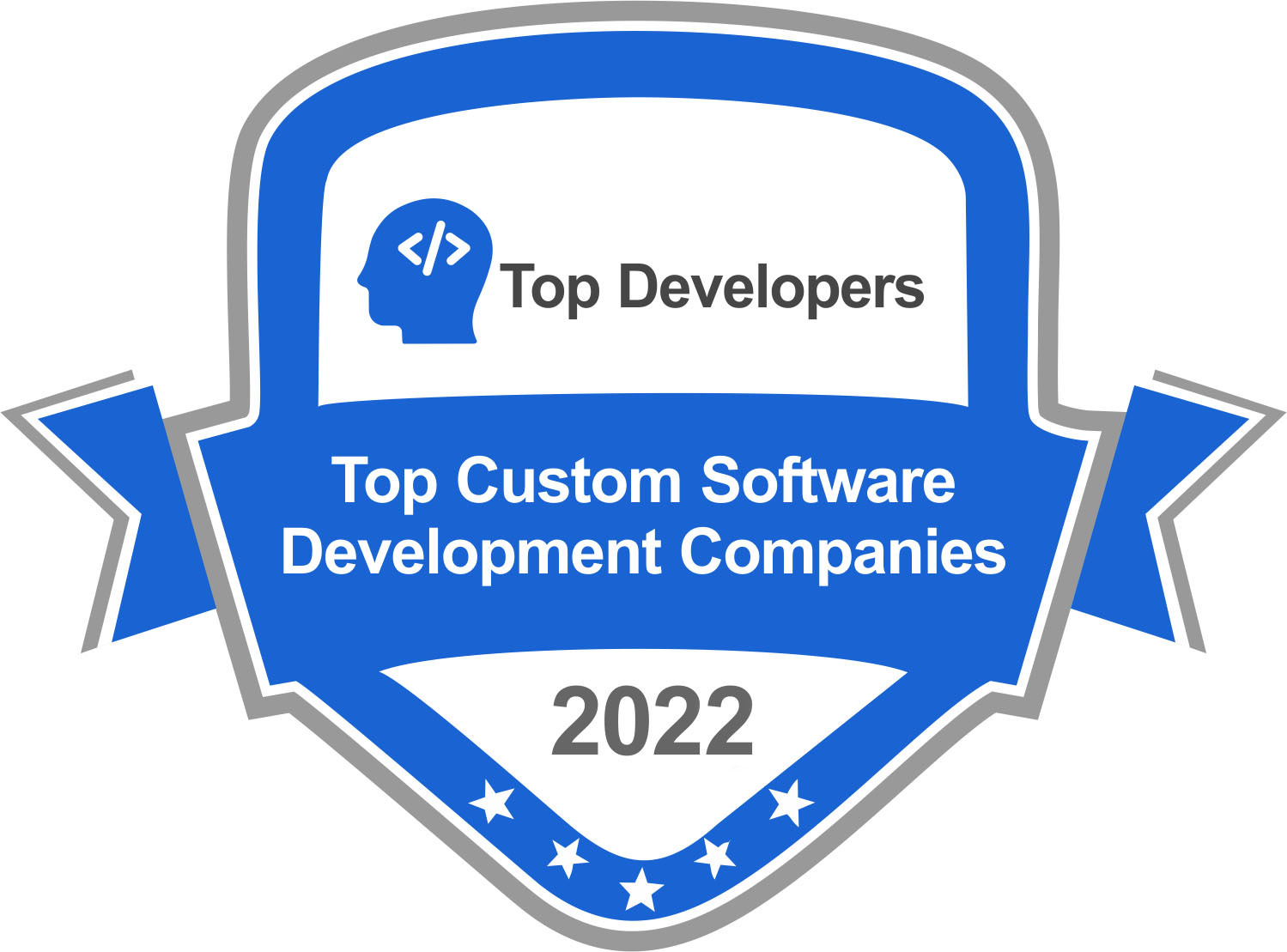
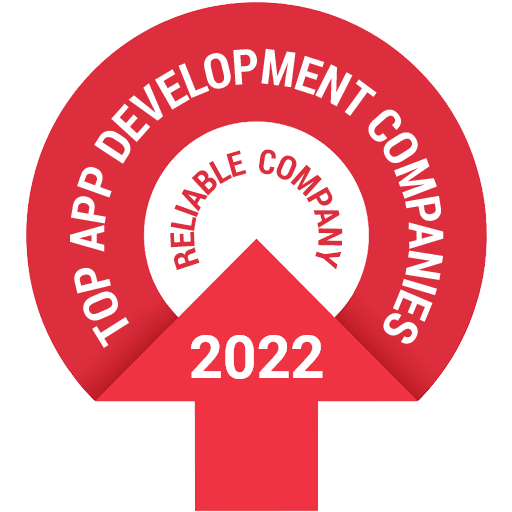
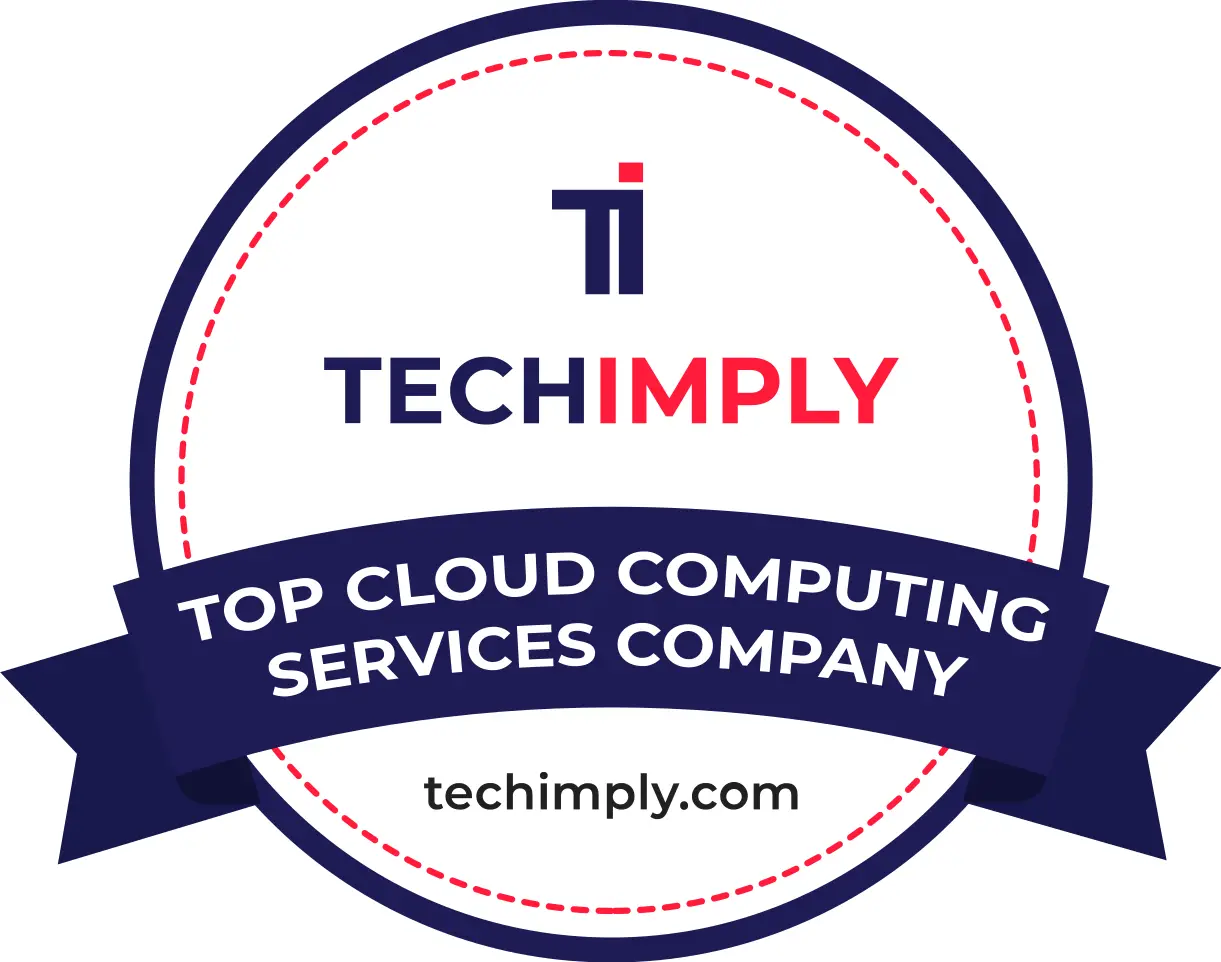


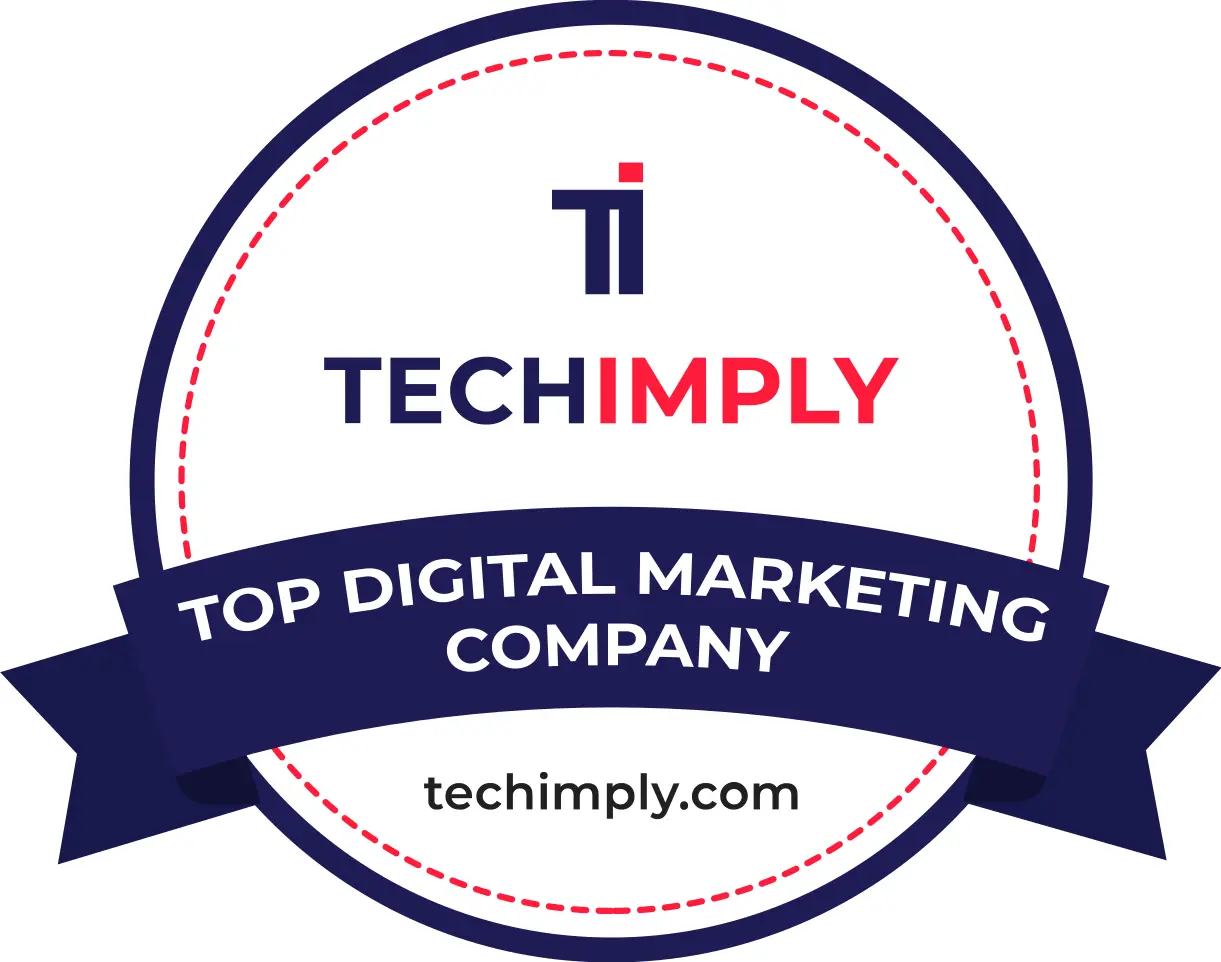
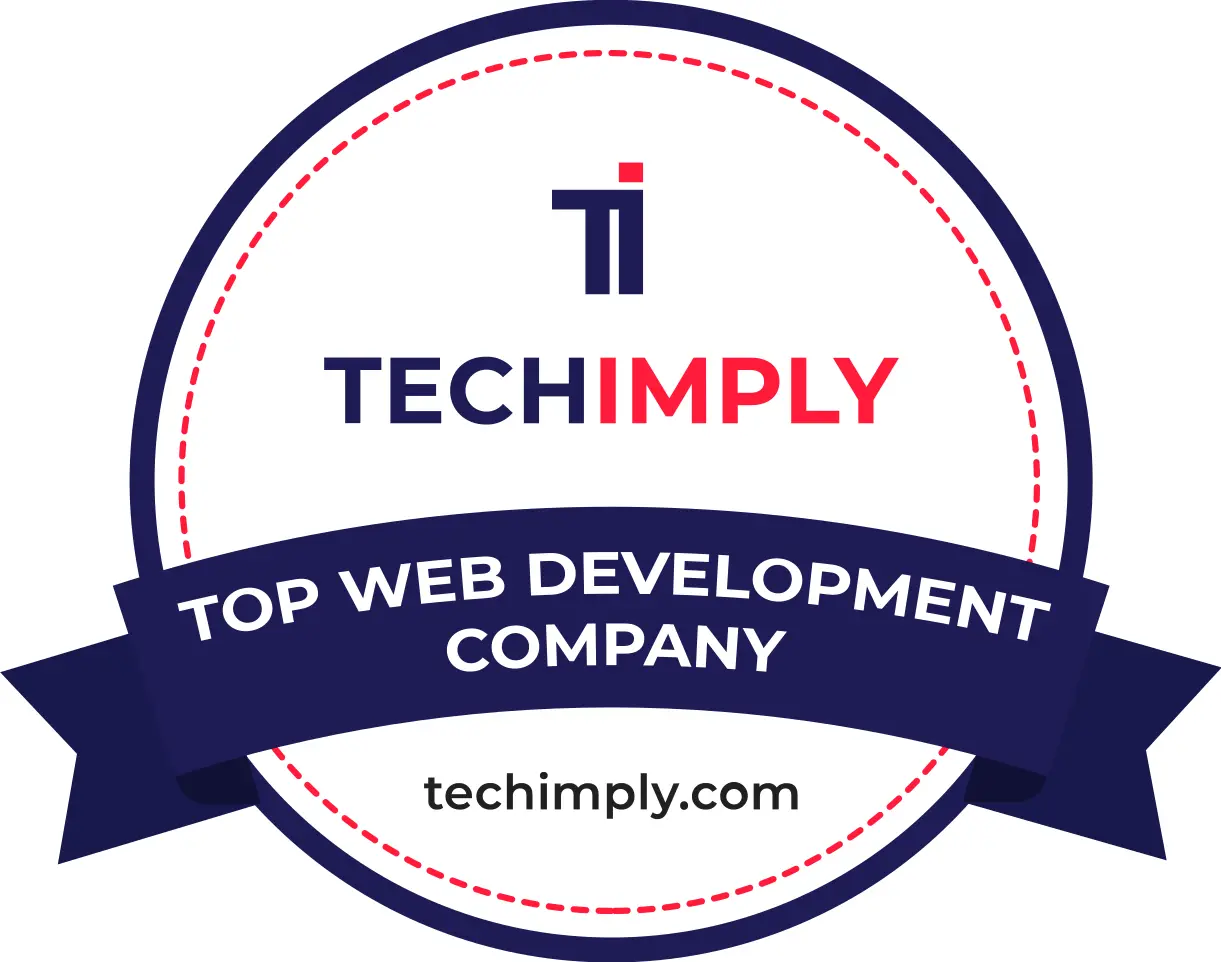



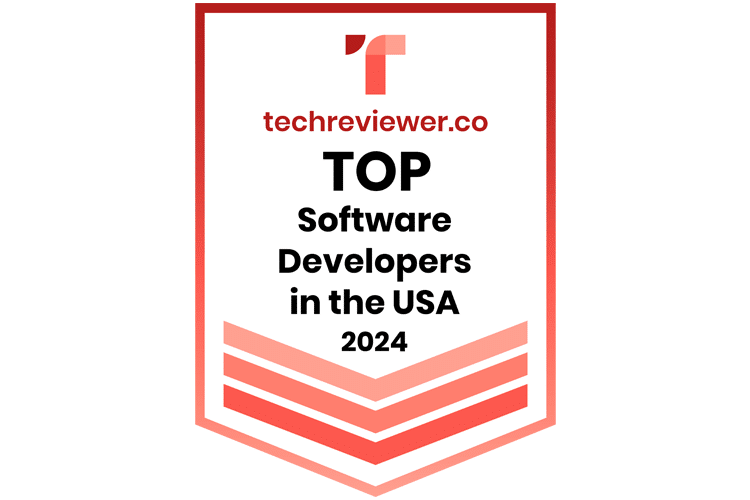
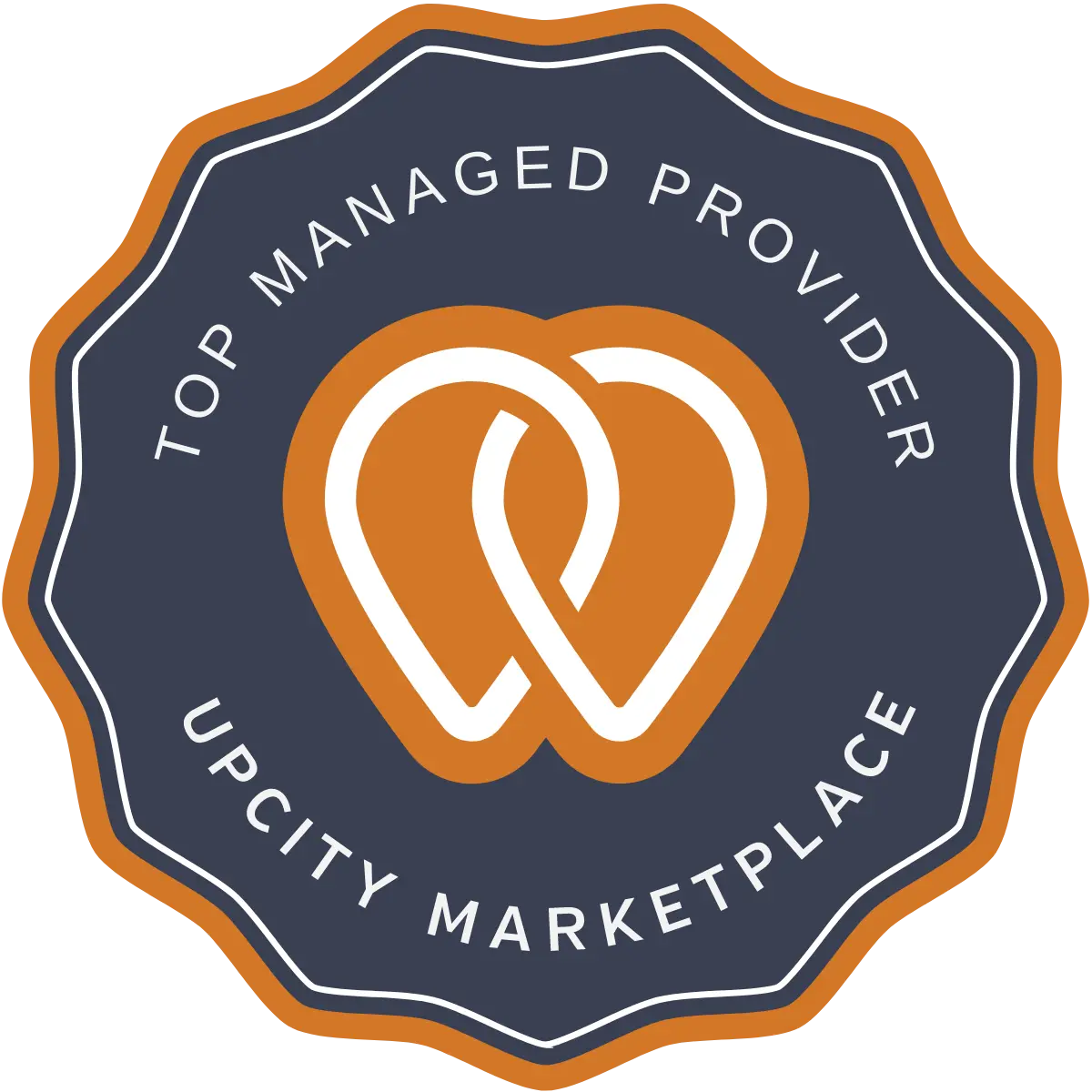




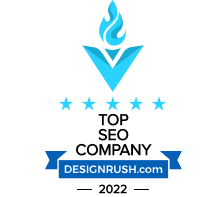

Certification

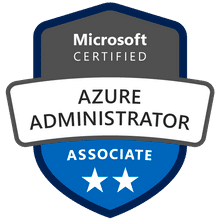
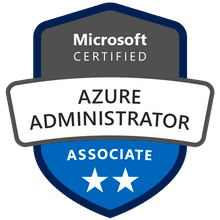

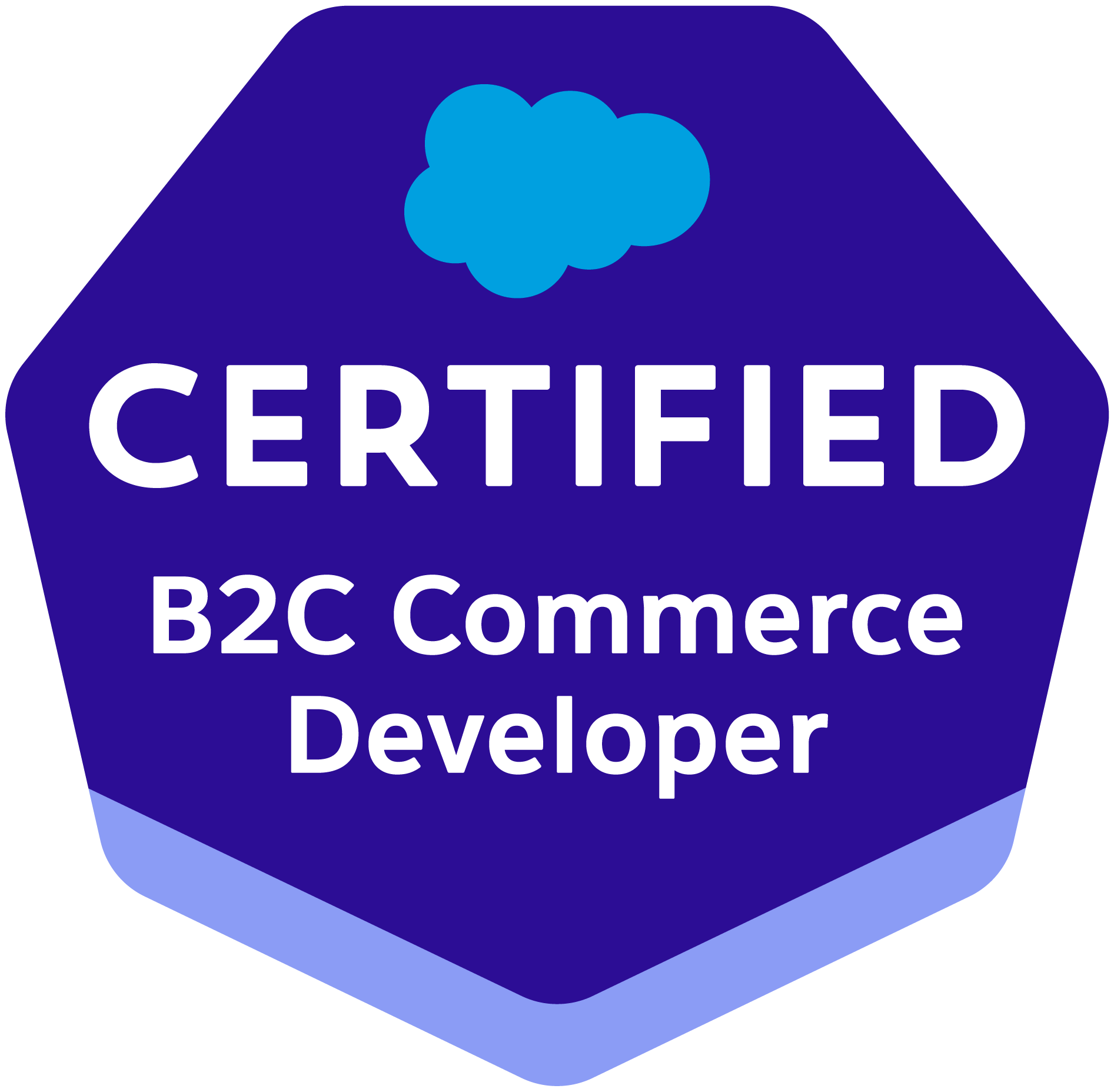


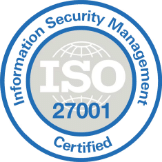
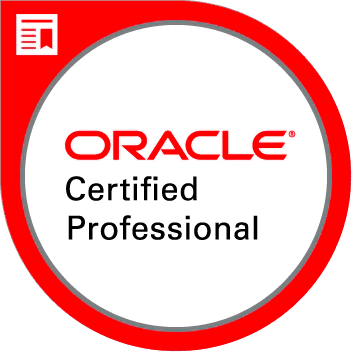
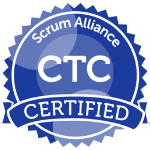
Benefits of IoT Application Testing with Cloudester
-
Quick Start
Cloudester’s QA specialists can begin addressing your IoT testing requirements within 1–3 days. We handle environment setup, design test cases and scripts, and initiate automated testing within three weeks.
-
Testing Transparency
Through our structured IoT testing process, Cloudester provides frequent and tailored reports based on defined KPIs to keep you informed throughout the testing lifecycle
-
Robust Security
Cloudester, committed to ISO 27001 standards, safeguards your data using advanced encryption protocols (SSL, VPN) and strong internal security measures to protect sensitive information.
Cost Considerations Based on Delivery Model
-
In-House Testing Teams
If testing is managed internally, costs may include:
- Salaries for QA professionals across functional, automation, and performance roles.
- Software licenses for testing tools, environments, and simulators.
- Infrastructure such as virtual machines, test labs, and device networks.
- Training costs for keeping the team current with IoT testing best practices.
-
Outsourced Testing with Cloudester
Outsourcing testing to Cloudester allows for flexible and results-driven cost planning:
- Dynamic team allocation that aligns with your sprint or release cycles.
- Pricing based on actual work delivered such as test case creation, execution, and reporting.
- Seamless collaboration with your development team for faster releases.
- Increased automation to reduce manual overhead and regression cycles.
Start a conversation by filling the form
Build your top-notch AI product using our in-depth experience. We should discuss your project.
FAQs about IoT Application Testing
IoT application testing ensures that connected devices, platforms, and software work together reliably, securely, and efficiently. It includes functional, performance, security, and integration testing to validate the system's behavior under real-world conditions.
IoT systems involve a combination of hardware, software, networks, sensors, and cloud platforms. This complexity requires a broader range of tests, including device interoperability, real-time data flow, and protocol validation.
We assess cost based on factors such as the number of app features, devices, testing environments, required integrations, compliance needs, and the level of test automation.
In-house testing involves fixed costs like salaries, training, and infrastructure, while outsourced testing is flexible and typically based on actual work done such as test case execution and automation efforts.
Cloudester’s expert IoT application testing team can typically begin within 1 to 3 business days after project onboarding. We also aim to set up testing environments and begin automation within 2 to 3 weeks.
We conduct functional, integration, performance, usability, and security testing. Depending on the project scope, we also implement regression testing and simulate real-world IoT network conditions.
Yes. We develop automated test scripts using tools like Selenium, TestComplete, and JMeter to reduce regression cycles and accelerate release timelines.
We use secure VPNs, encryption protocols, and follow industry standards such as ISO 27001 and GDPR to safeguard sensitive information throughout the testing lifecycle.
Our toolkit includes industry-standard platforms like Postman, SoapUI, LoadRunner, OWASP ZAP, Jenkins, and others. These tools are selected based on the specific testing needs such as API validation, UI automation, performance evaluation, and security assessment.
Yes. For instance, a company with 4 smart factories and dozens of devices per site would have costs determined by the number of test cases, device interactions, degree of automation, and ongoing test maintenance efforts.
We provide the SRS documentation to the client. The code will have comments to facilitate easy comprehension. Our documentation is comprehensive and self-explanatory.
Yes, Cloudester signs a Non-Disclosure Agreement before any software solution development discussion. Also, an NDA is an integral part of the Master Services Agreements we sign with clients.
This clause is covered in the IP contract, and NDA is also signed between us and the customer specifying the same. In addition, we audit our processes and train employees on a regular basis. These efforts ensure that our customers' intellectual property is always secure.
















